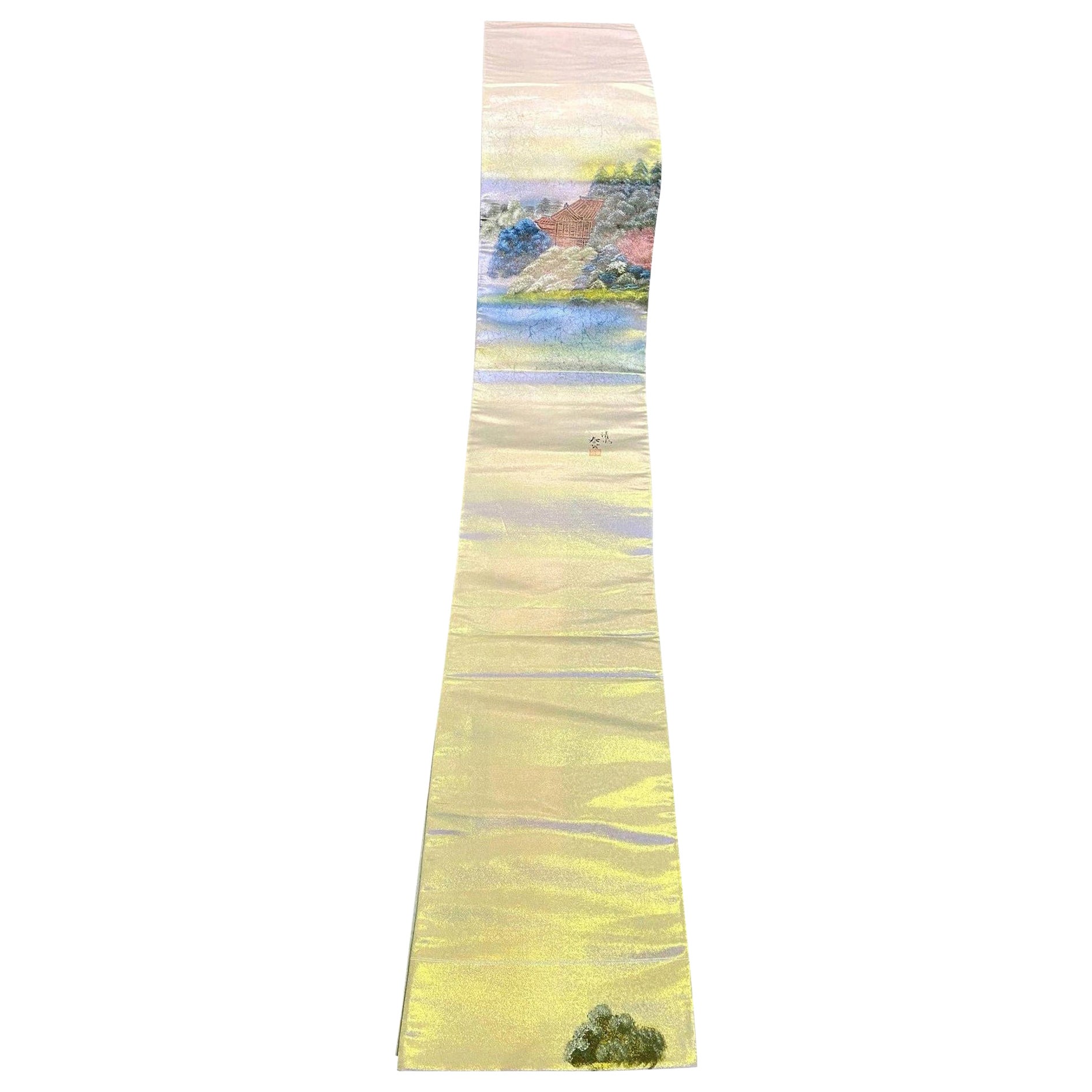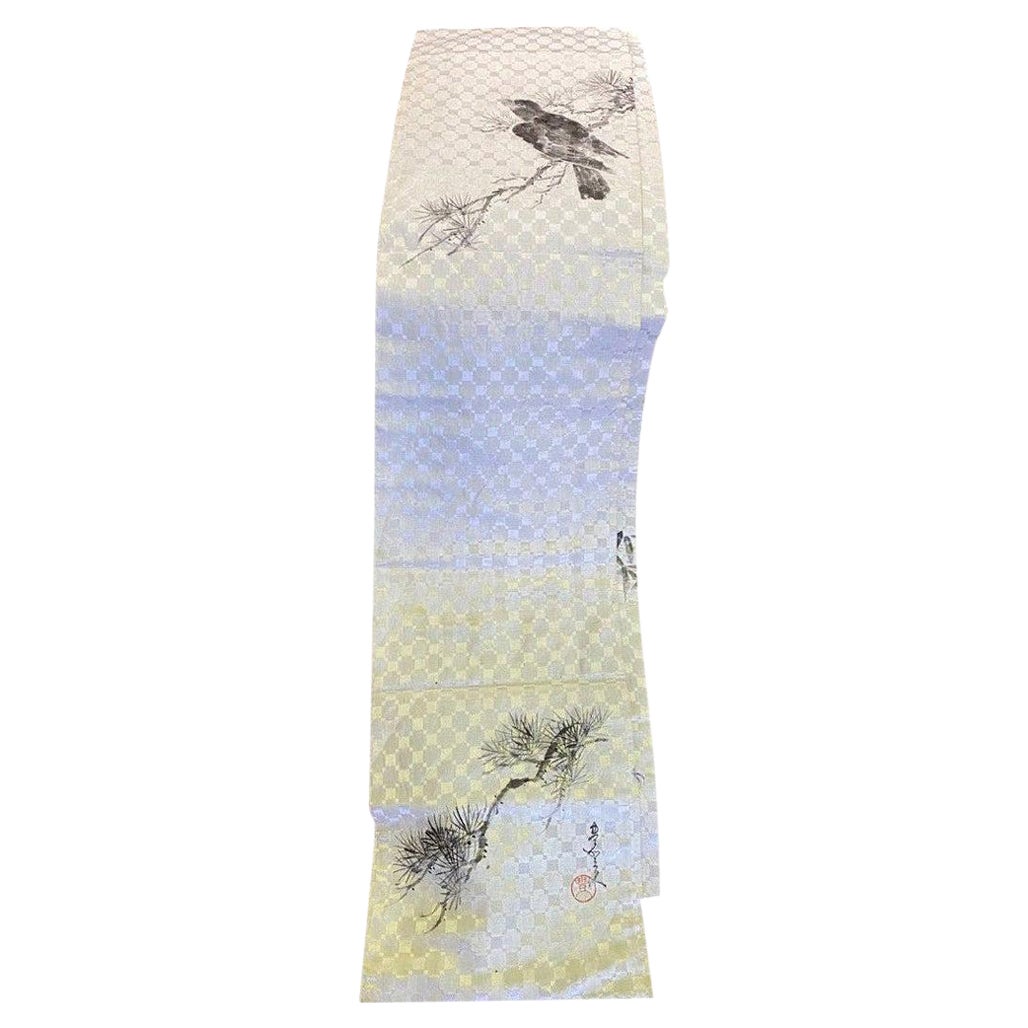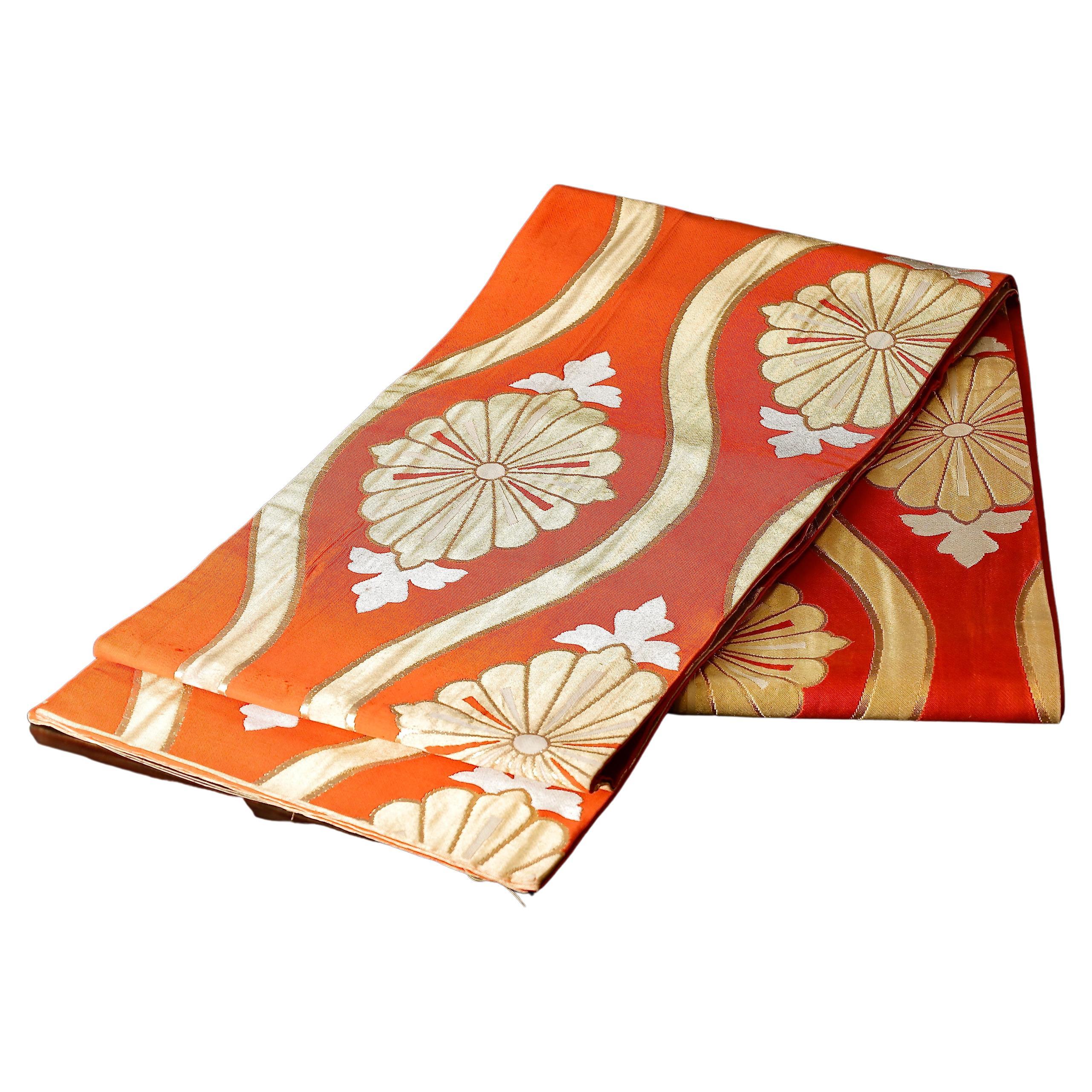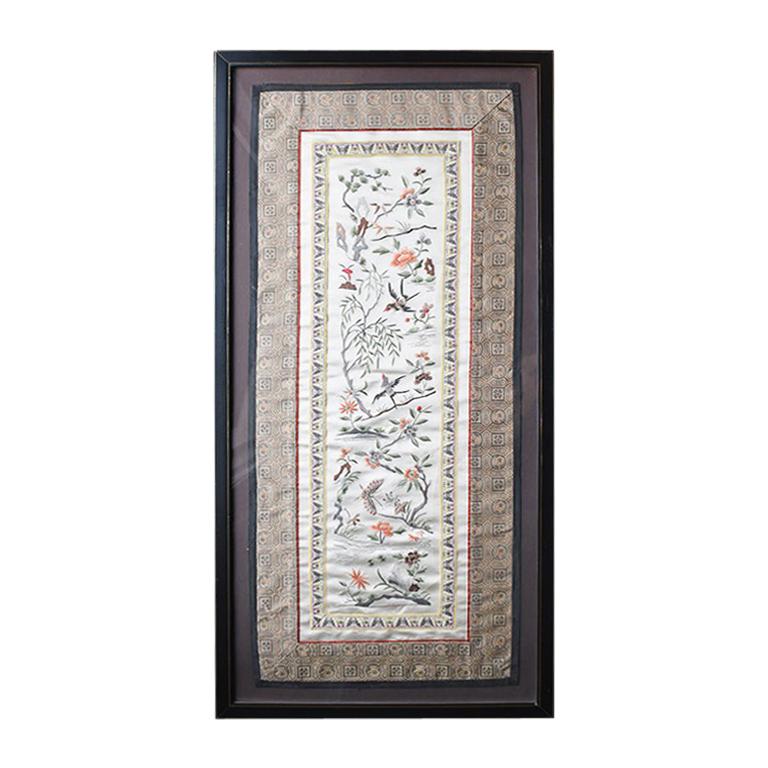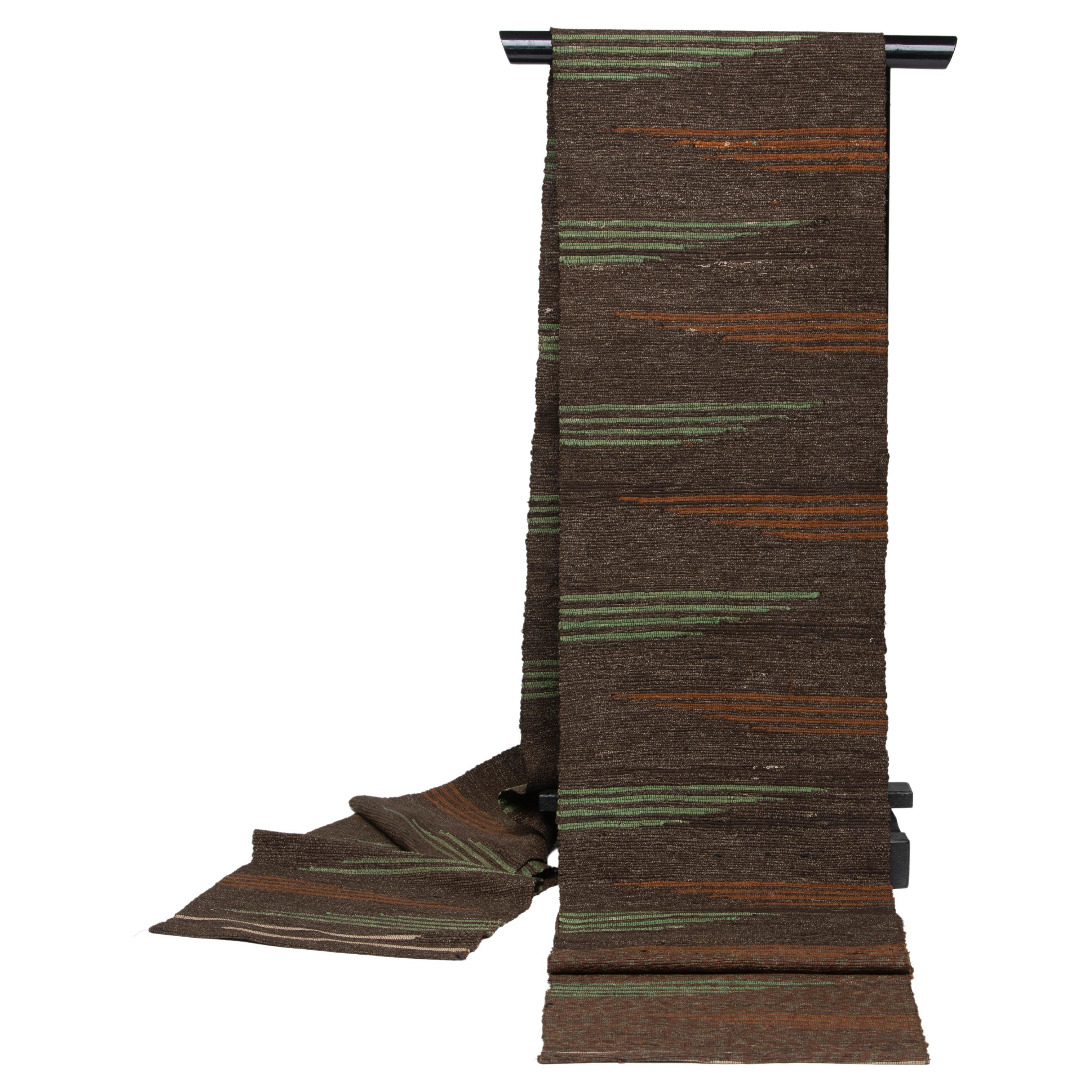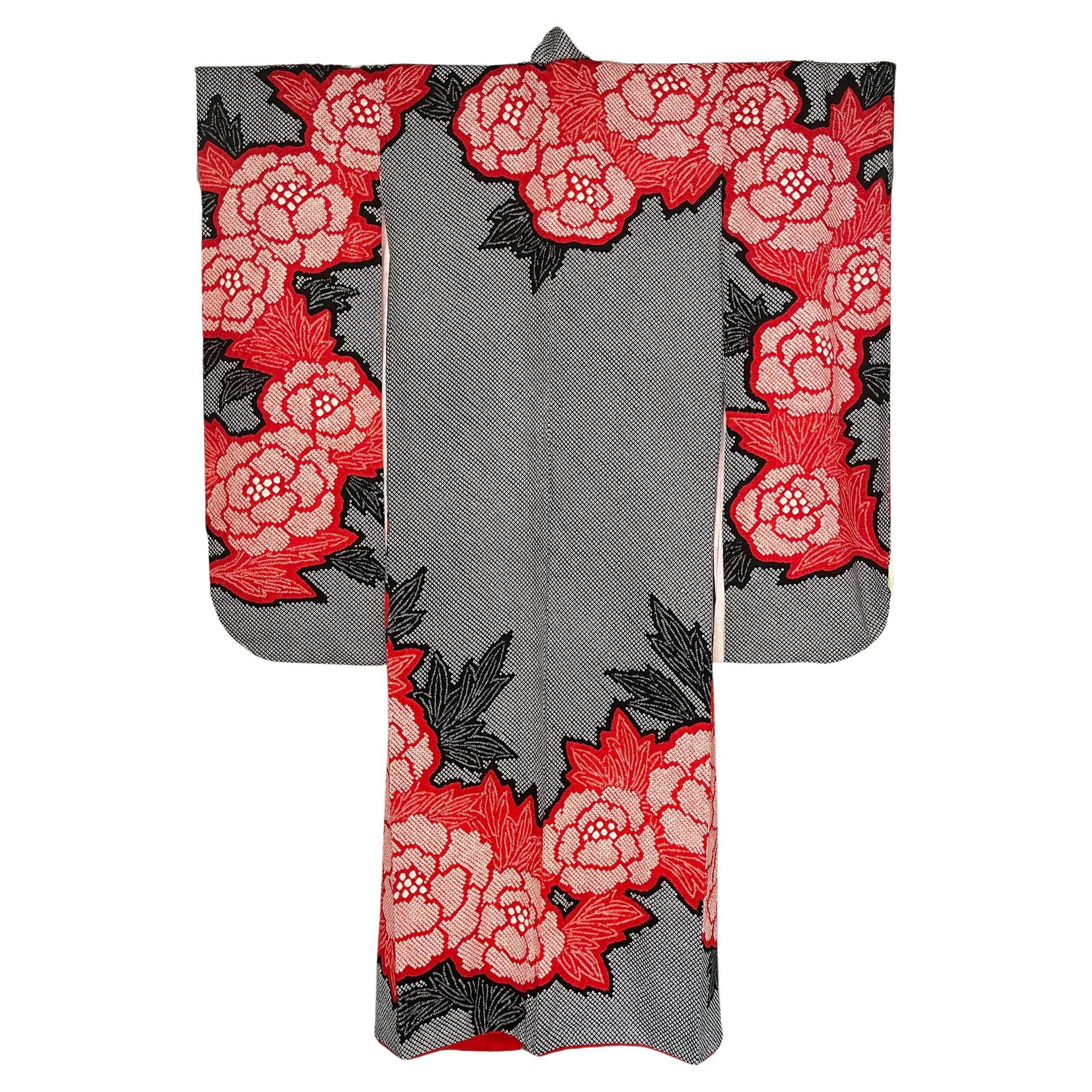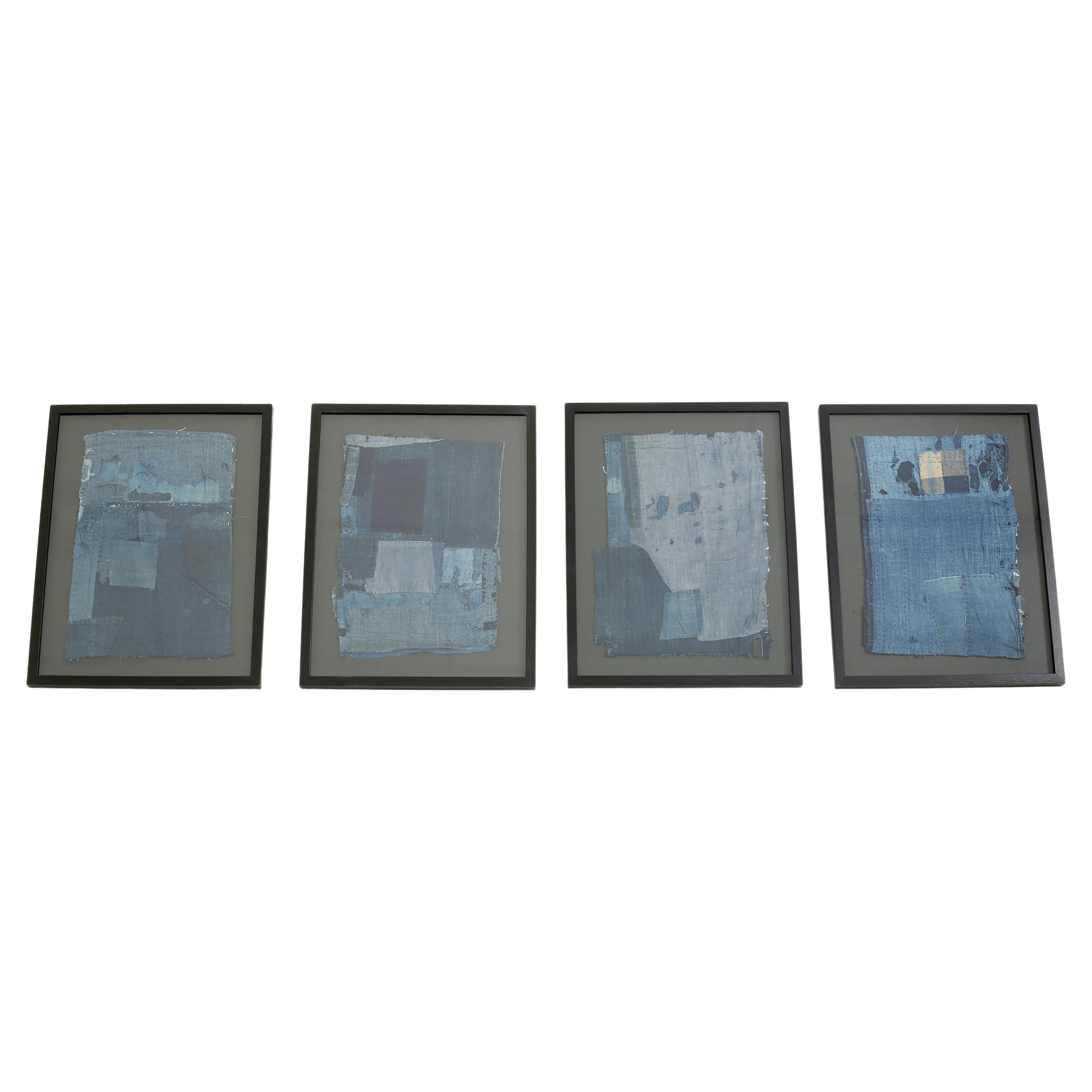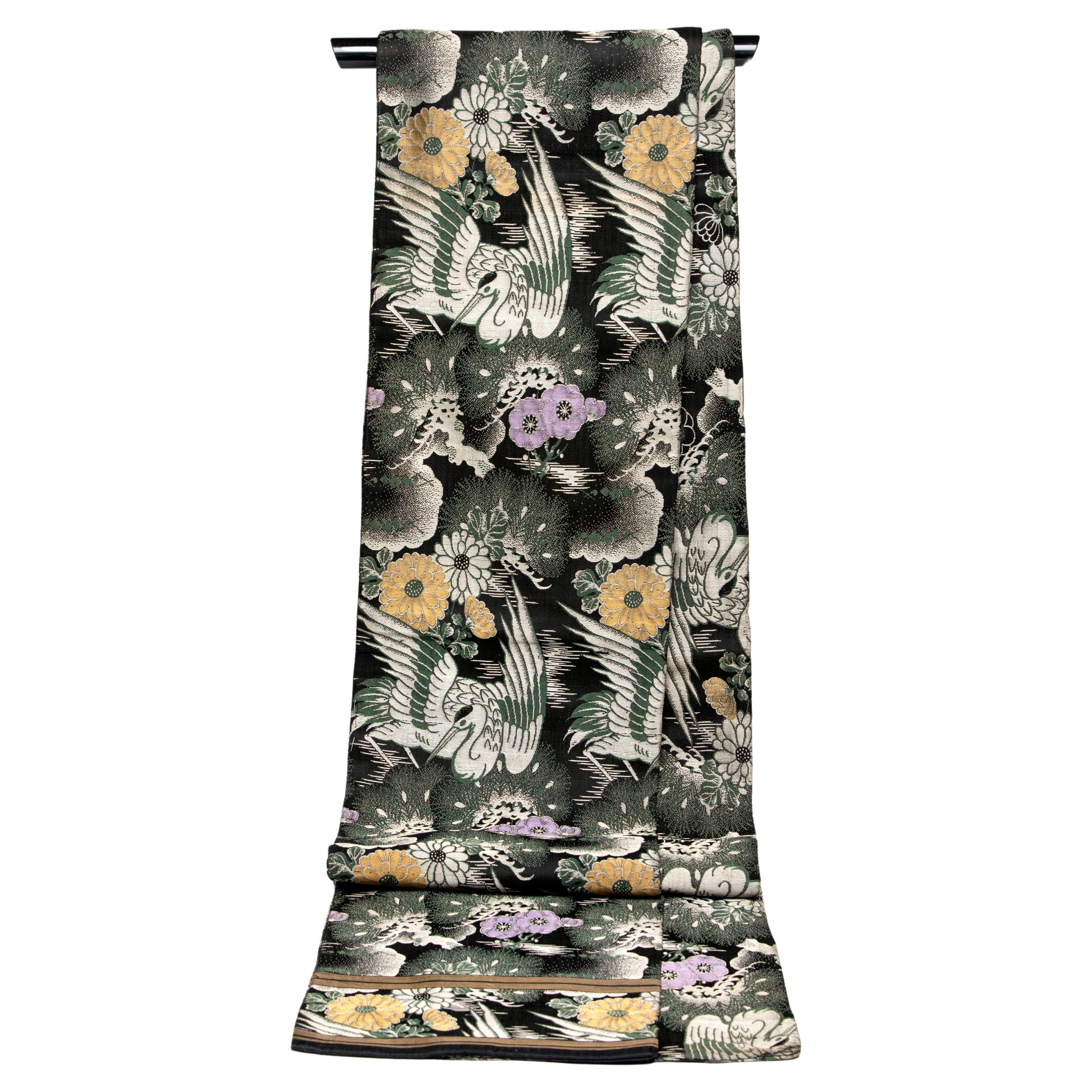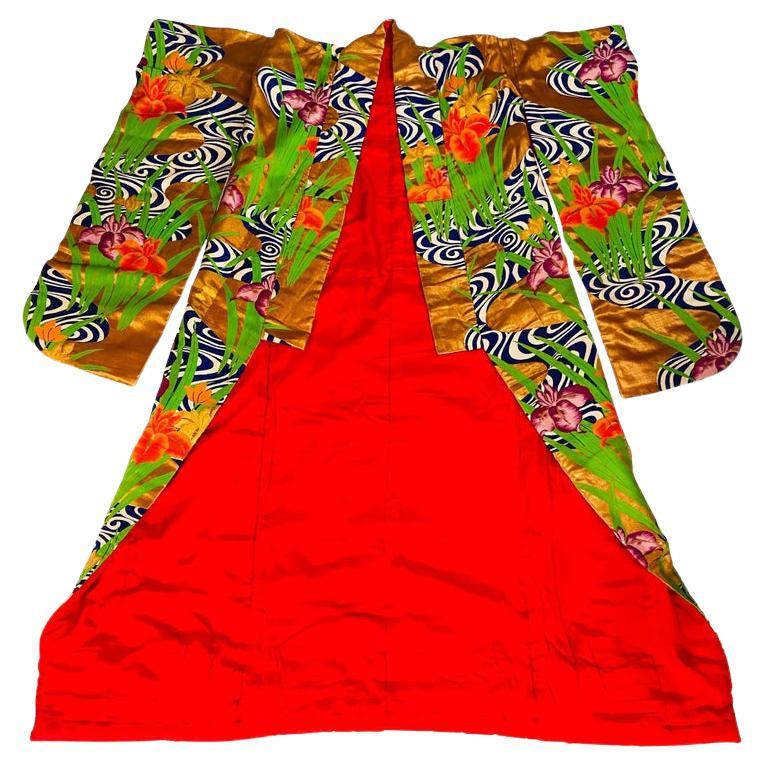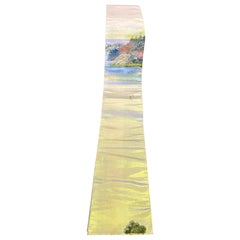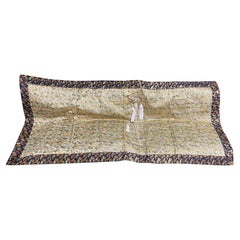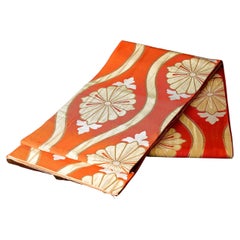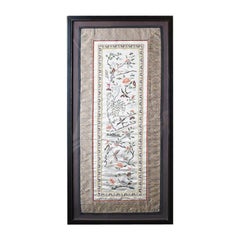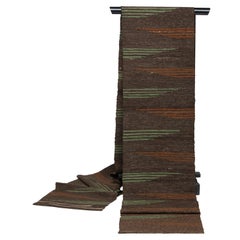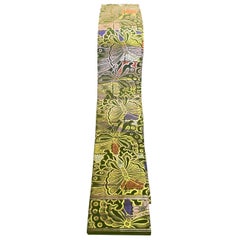
Japanese Silk Obi Sash Belt with Colorful Butterfly Nature Motif, Mid-1900s
View Similar Items
Want more images or videos?
Request additional images or videos from the seller
1 of 10
Japanese Silk Obi Sash Belt with Colorful Butterfly Nature Motif, Mid-1900s
About the Item
- Dimensions:Height: 157 in (398.78 cm)Width: 12.5 in (31.75 cm)Depth: 0.2 in (5.08 mm)
- Style:Showa (Of the Period)
- Materials and Techniques:Silk,Hand-Woven
- Place of Origin:
- Period:
- Date of Manufacture:Early to Mid-1900s
- Condition:Wear consistent with age and use. In good vintage condition with mild natural wear and light thread fraying at the ends (please see photos). Very unique and gorgeous overall.
- Seller Location:Studio City, CA
- Reference Number:1stDibs: LU2254321828892
About the Seller
4.9
Platinum Seller
These expertly vetted sellers are 1stDibs' most experienced sellers and are rated highest by our customers.
1stDibs seller since 2016
765 sales on 1stDibs
More From This SellerView All
- Japanese, Signed Stamped Silk Obi Sash Belt with Temple Shrine, Mid-1900sLocated in Studio City, CAA wonderful handmade vintage silk obi sash / belt featuring a Japanese temple - purportedly Kiyomizu temple in Kyoto, among the forest trees. Signed a...Category
Mid-20th Century Japanese Showa Textiles
MaterialsSilk
- Japanese Signed Stamped Hand Drawn Silk Obi Sash Belt with Crow, Mid-1900Located in Studio City, CAA wonderful handmade vintage silk Obi sash/ belt featuring a rather unique hand-drawn scene with a crow and trees. Signed and stamped by the artist...Category
Mid-20th Century Japanese Showa Textiles
MaterialsSilk
- Japanese Buddhist Monk Priest 7 Column Silk Brocade Kesa Ceremonial Temple RobeLocated in Studio City, CAA wonderful, beautifully ornamented and somewhat rare fully intact Japanese Buddhist monk/ priest's Kesa ceremonial silk robe featuring various colorful birds in flight. Kesa (which came from the Chinese word "kasaya") robes have been handmade/handstitched by monks/priests as an act of devotion as ceremonial robes for centuries in various Asian cultures (Japanese, Chinese, Korean, Vietnamese, Indian, etc.). The kesa is a rectangular garment designed to be worn over the left shoulder (see example image). The robes are made (often in a patchwork column pattern ranging from five, seven, nine or more pannels) specifically for fully ordained Buddhist monks, priests and nuns and are made from donations of exquisite textiles from wealthy patrons of Japanese Buddhist temples. The robes were used in daily ceremonies, temple gatherings, and private meditation. Antique Kesa robes...Category
Mid-20th Century Japanese Showa Textiles
MaterialsTextile, Brocade, Silk
- Japanese Edo Buddhist Monk Priest 7 Column Silk Brocade Kesa Ceremonial RobeLocated in Studio City, CAA wonderful, brightly coloured and somewhat rare fully intact Japanese Buddhist monk/ priest's Kesa ceremonial silk robe. Kesa (which came from the Chinese word "kasaya") robes have been handmade/handstitched by monks/priests as an act of devotion as ceremonial robes for centuries in various Asian cultures (Japanese, Chinese, Korean, Vietnamese, Indian, etc). The kesa is a rectangular garment designed to be worn over the left shoulder (see example image). The robes are made (often in a patchwork column pattern ranging from five, seven, nine or more pannels) specifically for fully ordained Buddhist monks, priests and nuns and are made from donations of exquisite textiles from wealthy patrons of Japanese Buddhist temples. The robes were used in daily ceremonies, temple gatherings, and private meditation. Antique Kesa robes...Category
Antique 19th Century Japanese Edo Textiles
MaterialsTextile, Brocade, Silk
- Tibetan Ceremonial Sash with Thirteen Ornamental Bronze Heads, 18th CenturyLocated in Studio City, CAA spectacular and truly unique work made from embroidered fabric with 13 ornamental metal (likely copper) heads representing various Tibetan figures attached (these heads appear to be from the khatvanga ritual staff - the Buddhist ceremonial staff...Category
Antique 18th Century Tibetan Tibetan Sculptures and Carvings
MaterialsMetal
- Japanese Oshie Pressed Textile Samurai Framed Showa Shadow Puppet DollLocated in Studio City, CAA wonderful, handcrafted work of a regal Japanese samurai/warrior doll shadow puppet. Oshie, which translates as pressed pictures, is a traditional Ja...Category
Mid-20th Century Japanese Showa Sculptures and Carvings
MaterialsTextile, Linen, Acrylic, Wood, Paper
You May Also Like
- Japanese Obi Costume BeltLocated in Fukuoka, JPA Fine Japanese Obi Costume Belt from the Early 20th Century This fine Japanese obi costume belt is a stunning example of Japanese craftsmanship. It is i...Category
20th Century Japanese Textiles
MaterialsSilk
- Framed Chinese Silk Embroidered Tapestry Panel with Cranes and Floral MotifLocated in Oklahoma City, OKA long tall beautiful rectangular framed Chinese silk tapestry. Lovely addition to any wall. This tapestry portion of this piece is framed inside...Category
Vintage 1940s Chinese Chinoiserie Textiles
MaterialsGold
- Japanese Silk ObiLocated in Santa Cruz, CAJapanese Silk Obi (Sash) with a background of Dark Brown with Rust and Green wovern through the entire length. Age - Late Meiji Good Condition Could be used as a wall hanging or o...Category
Early 20th Century Japanese Meiji Textiles
MaterialsSilk
- Fine Japanese Couture Shibori Silk Furisode Kimono with Under GarmentLocated in Atlanta, GAA spectacular Japanese silk kimono set with an outer furisode and an inner garment circa 1960-80s. The long sleeve furisode is of couture quality and made m...Category
Vintage 1960s Japanese Modern Textiles
MaterialsSilk
- Japanese Silk Textile by Iida Takashimaya CompanyBy TakashimayaLocated in Christchurch, GBAs part of our Japanese works of art collection we are delighted to offer this charming Meiji period 1868-1912 embroidery of a chin dog aside a spray of peacock feathers and by one of the most famous textile company’s of the period, the Iida Takashimaya company, the breathtaking and simply captivating detail of the silkwork demonstrates some of the finest possible stitching methods available at that time and not surpassed to this day, the silk picture is cushioned and housed within its original black lacquered wood frame and importantly bearing the original and scarce Iida Takashimaya factory label to the reverse, an absolute masterpiece from a golden period of textile production, this picture would light up the wall of any room particularly your Japanese themed space . Provenance : UK Collection . Featured in – 2020 Vision of an enlightened ruler exhibition – plate 39 Literature : There is little doubt that a major part of the phenomenon of Japanese works of art exploding onto the worldwide stage leading up to and during the Meiji period was bought about by the Textile manufacturers of Kyoto, the most recognized of which will undoubtedly be the Nishimura company, founded in Kyoto in 1670 as textile traders, It was the 12th generation manager Nishimura Sozayemon (1855-1935) aged just 17 and remarkably adopted into the family as the son of a Chinese scholar who took the company to its dizzy heights. As early as 1873 just one year into his tenure the company were exhibiting at expositions and even during that early period the company picked up significant awards and medals with recognition both nationally and overseas , particularly in Paris in 1878 , thereafter the factory moved to new premises in Kyoto , presumably having outgrown their original site , this move coincided with the building of the new Imperial palace in Tokyo where Nishimura were commissioned to provide 64 embroidered wall panels...Category
Early 20th Century Japanese Meiji Textiles
MaterialsSilk
- Early 20th Century Boro Cloth Fragments, Japanese, C. 1900Located in London, GBA collection of late 19th/early 20th century indigo dyed ‘boro’ cloth fragments. Japanese, c. 1900. Mounted on anthracite grey card in box frames with black...Category
Early 20th Century Japanese Textiles
MaterialsFabric, Textile
